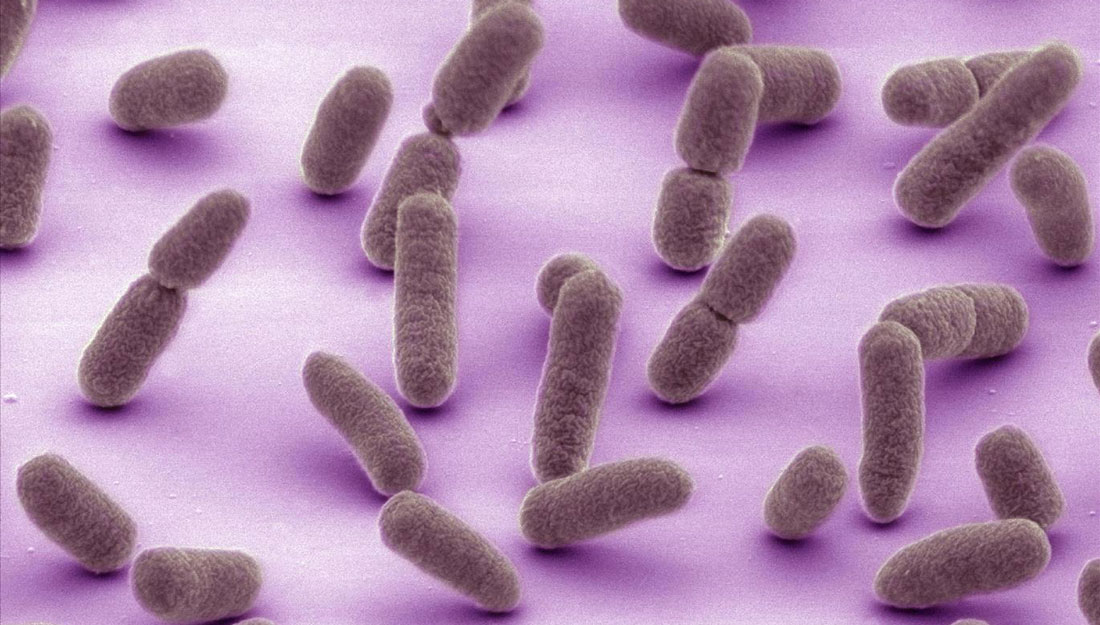- Alison Pittman, PhD, RN, CPN, CNE, CHSE
- Nursing, Point of View, Show on VR homepage
The need for better LGBT education in the health sciences
Providers in the workforce today tend to lack knowledge of the special health needs of their LGBT patients

rainbow flag
There are millions of Texans who identify as LGBT and thousands who identify as transgender. There is still significant discrimination against members of these populations—and significant health disparities.
We need to have increased awareness and education on LGBT health issues (also sometimes written as LGBTQI+ for lesbian, gay, bisexual, transgender, queer, intersex and others) across the health professions.
Studies in medicine, nursing, pharmacy, dentistry and other health professions show a lack of training in the issues unique to LGBT patients. Even as recently as 2018, a study found that most medical, dental and nursing students did not report adequate preparation in LGBT health.
This knowledge gap bleeds over into practice. For example, medical intake forms are common in every provider’s office, but the language on these forms has typically been discriminatory toward the LGBT community.
I am a pediatric nurse, and I have long been interested in LGBT children and adolescents, and the increased risk of physical and mental health conditions for this population. These risks include depression and suicidal ideation, substance abuse—including higher rates of alcohol consumption and tobacco smoking—and HIV among men who have sex with men, particularly young black men. LGBT youth are also more likely to be homeless and experience higher levels of violence and harassment.
Many of these same issues persist into adulthood. Older LGBT adults are still facing the same stigma, discrimination and violence that their younger counterparts experience. They may also lack a family member to care for them as they age, as they tend to be less likely to have adult children than heterosexual older adults. In addition, this generation has been deeply affected by loss of friends and partners to AIDS, and yet few HIV prevention programs target this group.
A number of studies, outlined in a comprehensive report by the Institute of Medicine along with the risks mentioned above, show that lesbians and bisexual women of all ages are shown to be less likely to use preventive health services and are at a higher risk of obesity, tobacco use, substance abuse and some types of cancer.
To date, there are no health science centers or institutions in Texas that provide an organized interprofessional LGBT curriculum for the health professions.
We have created a multidisciplinary team working to make Texas A&M the first to accomplish this. The Texas A&M Center for LGBT Health Education would help train all of our future health professionals on culturally competent care to LGBT patients.
Although we are already incorporating some best practices into our nursing curriculum, we envision a more formal program that would close the knowledge gap by offering online training modules on LGBT health issues and appropriate terminology and communication, and modules available for curriculum specific to each college of the Health Science Center. We would follow this online learning with a series of interprofessional simulations with LGBT standardized patients who offer feedback to the students. There may also be a component for continuing education for practicing health care providers.
There are people across the institution working on these issues that exist within health care and health professions education, and it’s time we all came together to create a center to not only build an inclusive and supportive academic environment here, but also improve the health of all of the LGBT patients our students will see during their careers.
Media contact: media@tamu.edu


